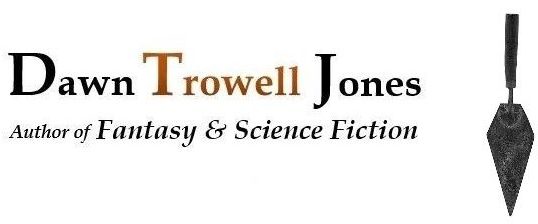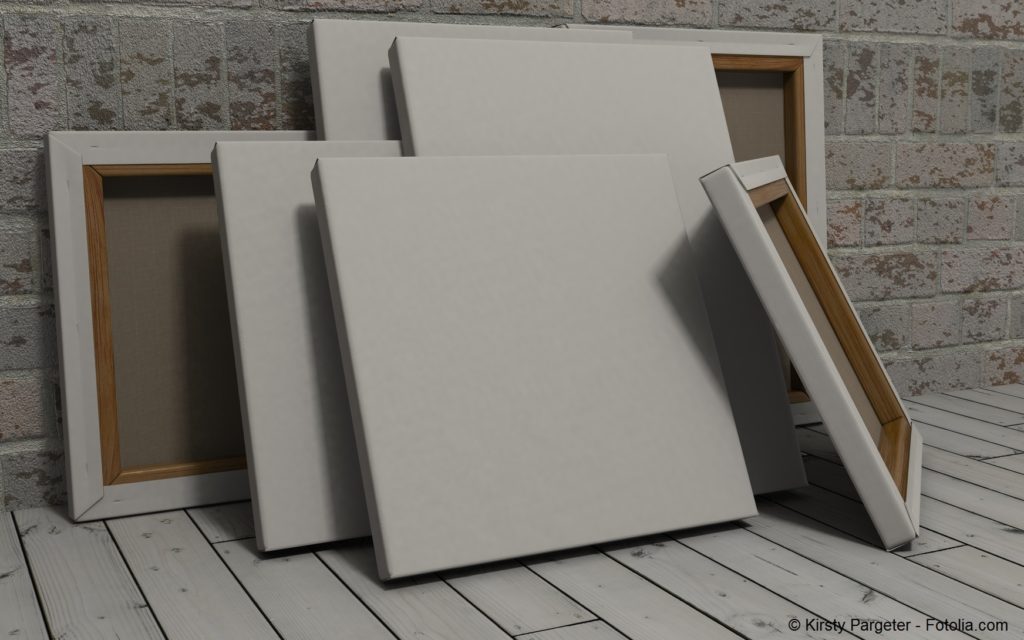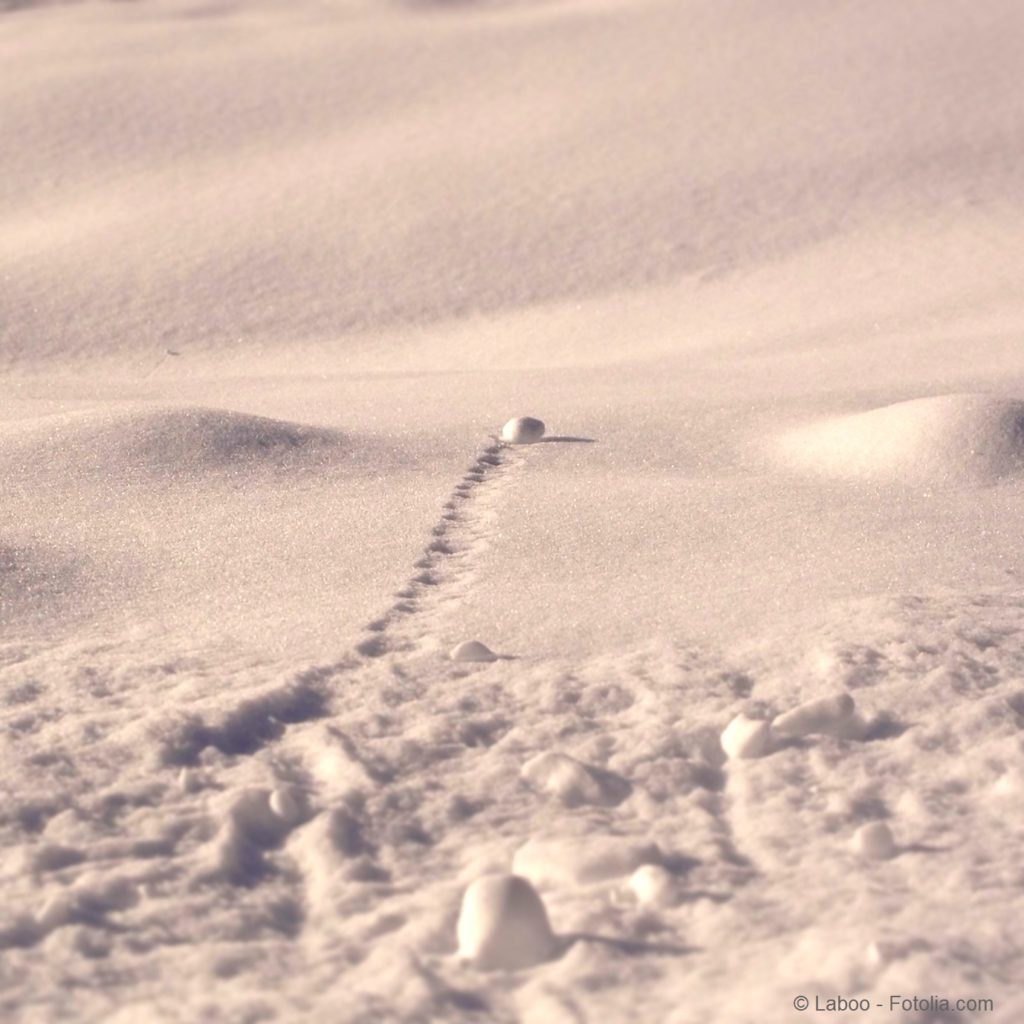 Make no mistake, no matter how much talent we have, development is the name of the game if we’re to maximize our potential. I like to think of it as a lifelong directive. In Part 1, I discussed issues that might have discouraged me at an earlier stage. Here I’ll share some of my insights about author development.
Make no mistake, no matter how much talent we have, development is the name of the game if we’re to maximize our potential. I like to think of it as a lifelong directive. In Part 1, I discussed issues that might have discouraged me at an earlier stage. Here I’ll share some of my insights about author development.
I had a tough start. I was in my late thirties and not writing. Hating a career for which I’d worked very hard, I had terrible anxieties and a burdensome sense of pride. But I simply had to get past the psychological obstacle of not writing. So what could I do?
Journaling was that first step. When I was a sophomore in college, my French professor kindly grilled me about my future aspirations. I said I wanted to be a writer. “Do you keep a journal?” she said, and I said: “No, but I used to, when I was in high school.” “Start up again. Every successful author I ever heard of keeps a journal.” And I did, dutifully, for more than ten years.
But there I was, almost twenty years later, and I’d stopped. Getting back into journaling helped me slowly rebuild my confidence–I even journaled at work. Before long, I found myself genuinely bored with the repetitive bouts of accusation and complaints and came to discover I was spending hours daily telling myself what I can’t do instead of what I can. Now that’s an eye-opening experience. And still, at other times, I’d go back and read what I’d written and find myself laughing at funny anecdotes or bawling with sympathy for some pain the writer had endured–someone who was once me, for a day, but wasn’t me any longer–and it was then I knew I had the capacity to make someone feel with my words.
Journaling is an exciting first step, but here are some thoughts I’ve found useful as I moved beyond journaling. I hope they help.
Who’s my intended audience?
My first powerful motivating thought was that I wanted to write something I’d like to read—and I wanted to read something very specific, stylistically my own, similar to but not the same as works I admired. But to be an author, I felt I needed to think a little more about how to appeal to a wider public and not just please myself. That being said, the public is a large space, and in order not to get lost and water down my message (and turn my writing into something I would not choose to read), I needed to think about who my intended audience was–and assume it’s not everybody.
 Who is your intended audience? Consider this: A work that is 100% original would be impossible to read because it would have 0% cultural context. To say it differently, you have to tap at least some of your intended audience’s preferences if you want to commune with them. This is where the advice “read more” and “read more of your genre” (for genre writers) comes in—you want to avoid doing exactly what has been done before, true, but you also want ensure that you’re building on a shared cultural heritage. It doesn’t matter whether we’re talking about romance or science fiction or mainstream. It might not hurt to imagine being in a room with your likely readers–the ones you hope to have someday–to get an idea of where you’re heading and, perhaps, to manage expectations and keep yourself from becoming sidetracked into disingenuous writing, which readers sense.
Who is your intended audience? Consider this: A work that is 100% original would be impossible to read because it would have 0% cultural context. To say it differently, you have to tap at least some of your intended audience’s preferences if you want to commune with them. This is where the advice “read more” and “read more of your genre” (for genre writers) comes in—you want to avoid doing exactly what has been done before, true, but you also want ensure that you’re building on a shared cultural heritage. It doesn’t matter whether we’re talking about romance or science fiction or mainstream. It might not hurt to imagine being in a room with your likely readers–the ones you hope to have someday–to get an idea of where you’re heading and, perhaps, to manage expectations and keep yourself from becoming sidetracked into disingenuous writing, which readers sense.
How do I train my brain?
I wanted to train my brain to learn how to write better without so much micro-management. How was I ever going to have time to write if I was spending all of it reading advice from other writers telling me how to write?
[Ahem] Okay, some research in this vein is wise, but don’t forget to listen to your own instincts. I’ve had to let go of simply enjoying stories, which has been a sacrifice for me, no lie. Instead, I now make a point when I read or watch a movie of identifying what it is about it that works for me.
But how do we identify what works in our own manuscripts?
As many have said before, we should always set aside time to give our manuscripts a rest after an edit (an issue I feel strongly about). But now that you’re coming back to it, what’s the first step? Read it, obviously. I try marking where I stumble as I read: What trips me up, drags, feels heavy on my tongue, or snaps me out of the story.
But if you want to deepen your perspective and improve your judgment—because that’s what we’re talking about here–apply the exact same technique to others’ works. Read carefully. Watch closely. Do you like it? Pay attention to the emotion attached to your opinion. Emotions like distaste or annoyance are critical to training our brains. Yes, those emotions are unpleasant, but forgive them. They’re alarms, and they can tell us when something’s off track. But you’ll need to listen carefully to your emotions and ask questions–because all of us suffer insecurities now and then. Don’t forget to train your brain to spot when a story triggers the good emotions, too, like delight, interest, stress, excitement, happiness, sadness, or anger. Good writing transports us, and we often feel it more than see it.
What about my darlings? I can’t just throw them out.
Then don’t. Author L.E. Henderson says she has a file where she puts her misfit darlings, a sort of island of misfit toys. I love that idea. I myself cut out the piece that’s bothering me and park it at the end of the story, chapter, or post and cross it out so I’ll know it’s on the chopping block. Rarely do I ever reinsert them. But as for larger-scale edits, such as an entire chapter, I back them up almost daily as a separate file. You see, I’ve over-edited before–brutally scraped off all that was vibrant–and had to go back many versions to find my original and start anew (hopefully better).
Yeah. That happens. So try to be organized, have a system of saving your edits as new files, and back them up.
What about the details? God lives in the details!
Details are critical for world building, but they need to be the right details, because details either serve the story or serve themselves. Whether ye will or no, they are launching pads for larger themes.
How? Well, readers are going to see anything you mention as worthy of attention because you’ve given it focus. In the real world, what draws our attention either is important or becomes important, even if we don’t know why. The rest we don’t really see. As a consequence, details in stories may briefly anchor us to a moment, but then the details must let go of the moment and allow themselves to be gobbled up by the larger context they serve. If they don’t feed into the larger context, if they don’t feed the wave, they will absorb the energy like a breakwater–they’ll steal the scene and alter the overall functioning of the piece.
Here’s an example: My novel’s first chapter takes place in a grocery store. My unhappy character is leaving the produce section, and as he leaves, he passes a potato bin. A potato bin. I only included this detail to reinforce the reader’s experience of being in a grocery store, but in the bigger context, this was an emotional moment for the character. So, to put it another way, if you were experiencing an emotional moment in the produce section of a grocery store, would your mind latch onto the fact that there was a potato bin nearby? Or anything like that? The detail went nowhere.
What was the consequence? Throughout the chapter, my reader kept waiting to find out why the potato bin was important—I mean, goodness, I’d put the bin right up front, sharp, in the midst of an emotional crisis and thus on par with it. Of course, once this was brought to my attention, I cut it out. No harm, no foul. But you see what I mean? Details can serve many purposes, but they must serve a purpose that’s meaningful to the story–and not act too garish while they’re at it.
A top-down versus bottom-up approach: Which one’s better?
I hear a lot of talk from writers about being a “seat-of-the-pants” writer or an “outline” writer, but since my stories often take shape in my head before I write anything down, these concepts don’t really resonate with me. Instead, I prefer to consider the thought process underlying these concepts, and thus, when I discuss my options with myself, I tend to speak of using a “top-down” or “bottom-up” approach.
When I say top-down, I mean imposing my will on a work. I mean beginning with a structure or plan and making it happen: deliberate decision-making before writing. When I say bottom-up, I mean writing without a structure or a plan and letting the narrative evolve on its own. I think of this as intuitive decision-making while writing.
I find that the most powerful stories have a palpable organic feel to them—they say many things, and yet those things have evolved together and belong together, all of a piece. But a story still needs to have a beginning, middle, and end–or to put it another way, as with paintings, we need a way in and a way out.
What’s the problem with top-down? The top-down approach, as I see it, relies too heavily on the conscious mind, which can only handle so much information at once and tends to follow a pedantic, logical progression. The unconscious mind, on the other hand, can work with an untold amount of information at the same time, giving rise to abstractions, patterns, and symbolism—in short, depth. If you’ve ever clung too tightly to a top-down approach (as I have), your story probably lacked depth and came across thin or stilted.
So why not be a pure “pantser,” embrace the bottom-up approach instead, and tap the vast resources of the unconscious mind? Well, bottom-up at its purest is free association–little more than a mad dream. There might not be any structure at all, and I’m sorry to say, no structure means no story. But the mind seeks meaning, and meaning is structure, and so something will eventually crop up. But here’s the rub: You’re going to have to cull a lot of extraneous material. You’re going to have to watch for plot holes (if you have a plot), logical inconsistencies, and implausibility. You’re going to get lost. And if you don’t find your story, neither will your readers. In my twenties, I wrote such a story and it meant a great deal to me—it contained some of my best writing at the time, but definitely not the best storytelling. A reader actually yelled at me because I hadn’t included a proper resolution—which is to say, I didn’t complete the story.
Meeting in the middle works best for me. One major scene, usually a climactic scene presents itself first–I prefer to begin knowing where I want to end up, and then I listen out for the various beginnings that will lead me there and meditate on them a while before writing anything down. I may sketch scenes beforehand, as they come up. But I don’t try to micromanage the process: I don’t necessarily need to know why a story or a scene wants to begin in any particular way–not yet–so long as the energy behind it is strong and doesn’t clash with the message of my core vision. So I say, feel out how to get from here to there and allow yourself a chance to veer. If you veer too far, just tie it off and weave the frayed ends together. I, for one, believe I’m likely achieve a more robust and genuine result if I use both approaches. A little id in my ego, a little ego for my id.
Should I worry if I’m starting out late or slow?
I’m cultivating a snowball ethic. But personal courage is key, no question: You have to have nerve. You’ll learn you’ve been wrong about a great many things, and that you’re not really the underappreciated expert you thought you were. But if you want to write, write. Write a little or a lot. If you’re feeling fatalistic, cheat fate. At your day job, you’ve probably had to teach yourself many things that are now second nature. How did you learn to do them so well? Did you listen to others, find mentors? Did you reject advice when it didn’t ring true? Yes? There’s your model.
Start small. Write a scene, if you like. Keep it on the coffee table. Look at it from time to time. Do you like it? If you find you want to write more scenes without perfecting this one, go ahead. If you find you want to rewrite this one scene twenty times over to make it beautiful, to prove to yourself that you can at least make something beautiful–then do that. You learn from what you do regularly.
Please, don’t think I’m saying I have all the answers. I don’t and never will. This is art, and I’m in this boat with you. But don’t feel discouraged. Remember we humans tend to recreate the beauty we perceive in amazing quirky ways, with practice. Happily, that’s how we’re made.


